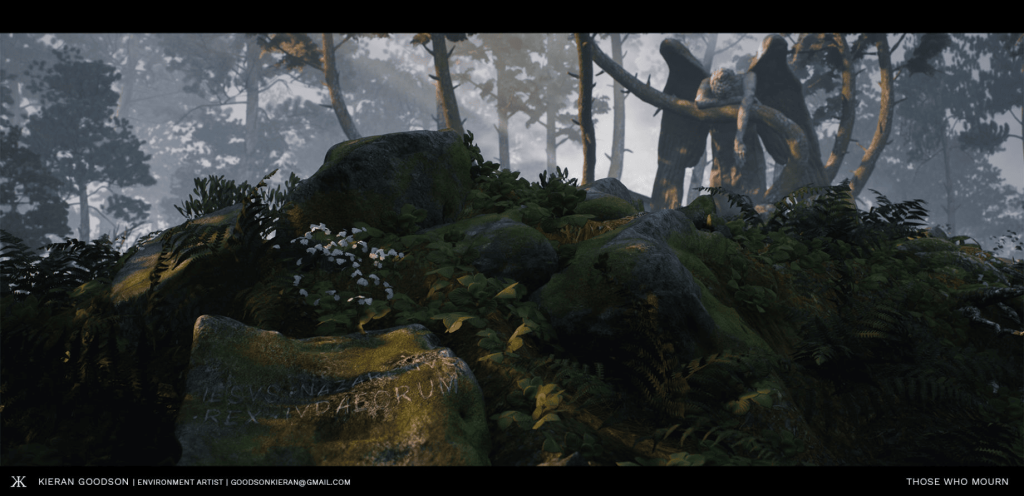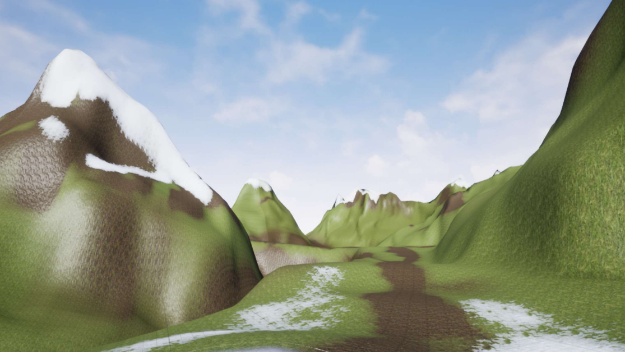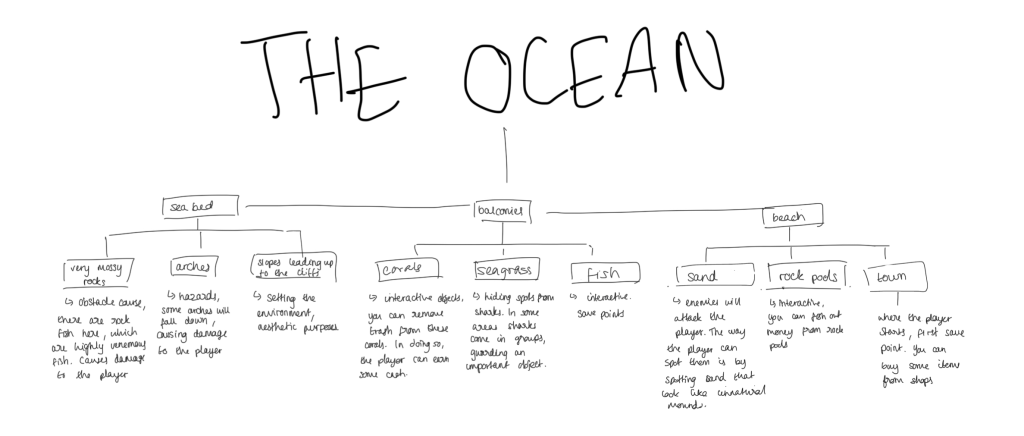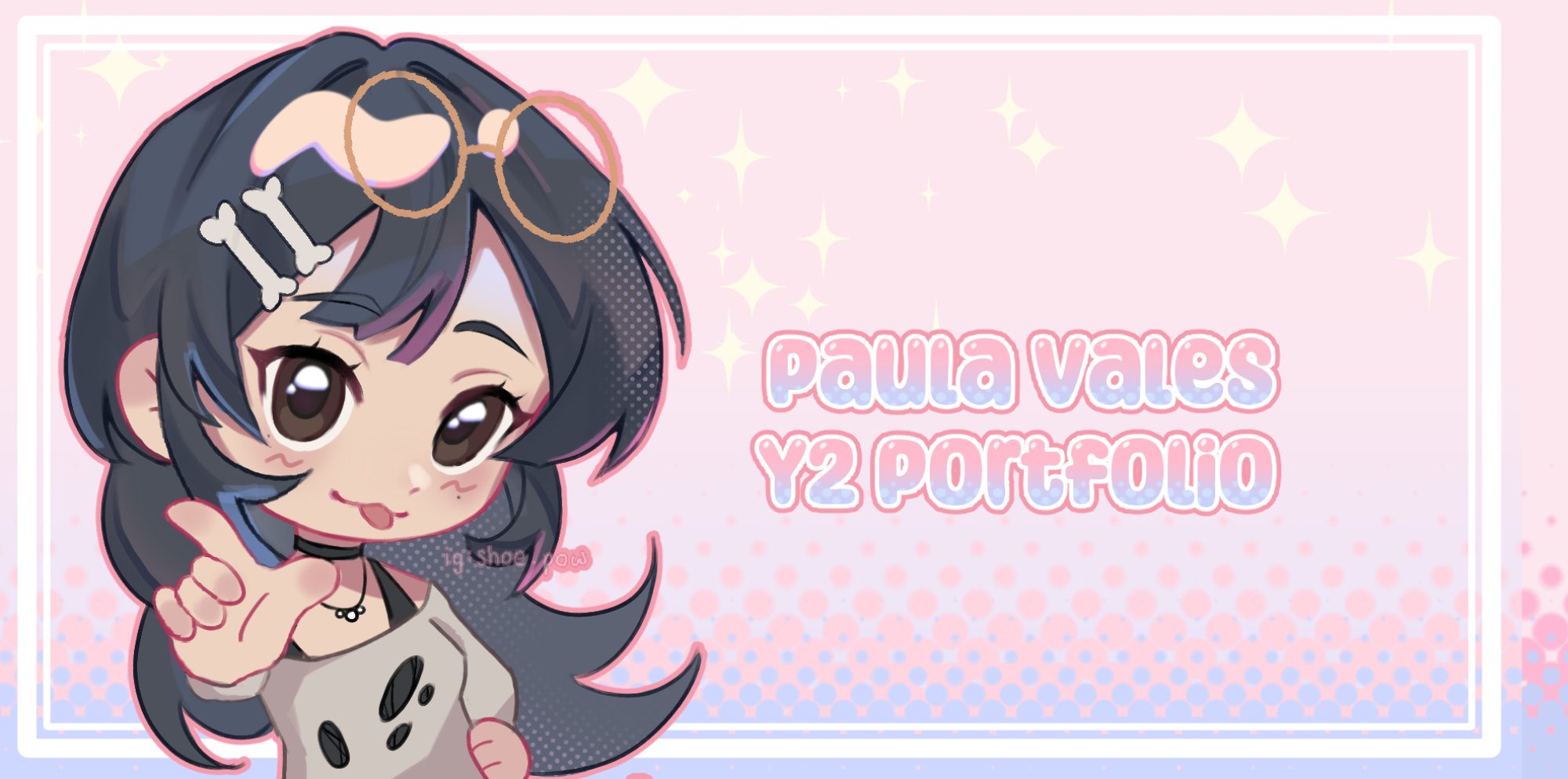World Bible
This week, we focused on making ideas for our game and the topic for the next coming days will help us figure out what our plan is. In this workshop, we will be delving deep into devices such as world building and world profiles
World Profile
(The highlighted are the phrases I have added)
Your story begins a top of a floating island, in the clouds, above a wasteland. From the flying pegasi pigs to the glittering azure waterfalls, you’ll find the art of healing spells. In this world, magic is abundant, danger is scarce and daily life is peaceful and easy going. (It’s a lot like something from your wildest dreams). People here are hopeful that the wastelands below them will be purified, but the blight curses the wastelands, making it hard to cure.
Adventure hook
You are a wandering witch/warlock, you travel the skies to strengthen your spells and magic abilities. However, at your stay you got yourself into some trouble and now a prisoner in this island, the only way you can get yourself out is to purify the wastelands below the islands.


Oguz Doma – Guest Speaker
By the end of the week, we were introduced to our first guest speaker, Oguz Doma, who gave the class some insight on architecture and how it can be implemented in video games and VR.

Oguz worked for a project called Dreamscape Bricks VR in 2019-2022 and another project on VR called Black Diamond VR, which is a health and safety vocational training application for underground coal miners. On this project he was in charge of the game design and art direction level.
This game was developed with serious artistic direction as this game was needed to enhance the safety arrangements for underground coal mining. Black diamond VR allows miners to experience different scenarios.
In his lecture, he explains that fictive spaces and video game spaces differ. But how can they differ from each other? In video game spaces, the player can interact with their surroundings and if the game world is in peril, this also gives the player a sense of agency as well. However, this can’t be said for movies and other pieces of media because as the viewer, you aren’t experiencing the plot, you are observing.
Building Realistic Worlds and Biomes
In this part of the lesson Oguz goes into depth about the importance of creating realistic environments by using real life references and what could happen if we do not use references.

This image shows a well modelled environment of what looks like forest. As we can see, the modeller has utilised biome-correct plants and fauna to enhance the image.
(Kieran Goodson, 2019)
Likewise, if we choose to not have references, we will have a harder time to come up with a geographically correct environment; it also just doesn’t look nice. As we can see, the image here has mountains with snow and it looks fairly low latitude.

Afterwards, we were given a mini task involving the triadic structures breakdown for a piece of media that hasn’t been turned into a piece of fiction yet. The triadic structure follows this hierarchy:
| Environmental | Game play elements | Visual and sensory details |
| feel and aesthetic of the game and key landmarks | The game’s obstacles, enemies and interactive objects | Lighting, Colours and sounds |
I chose to break down a Webtoon’s world: Siren’s Lament. This story takes place almost entirely in the sea, the main character of course spends most of her time in her flower shop for the first few chapters but as the story progresses, she spends most of her time in the ocean.


